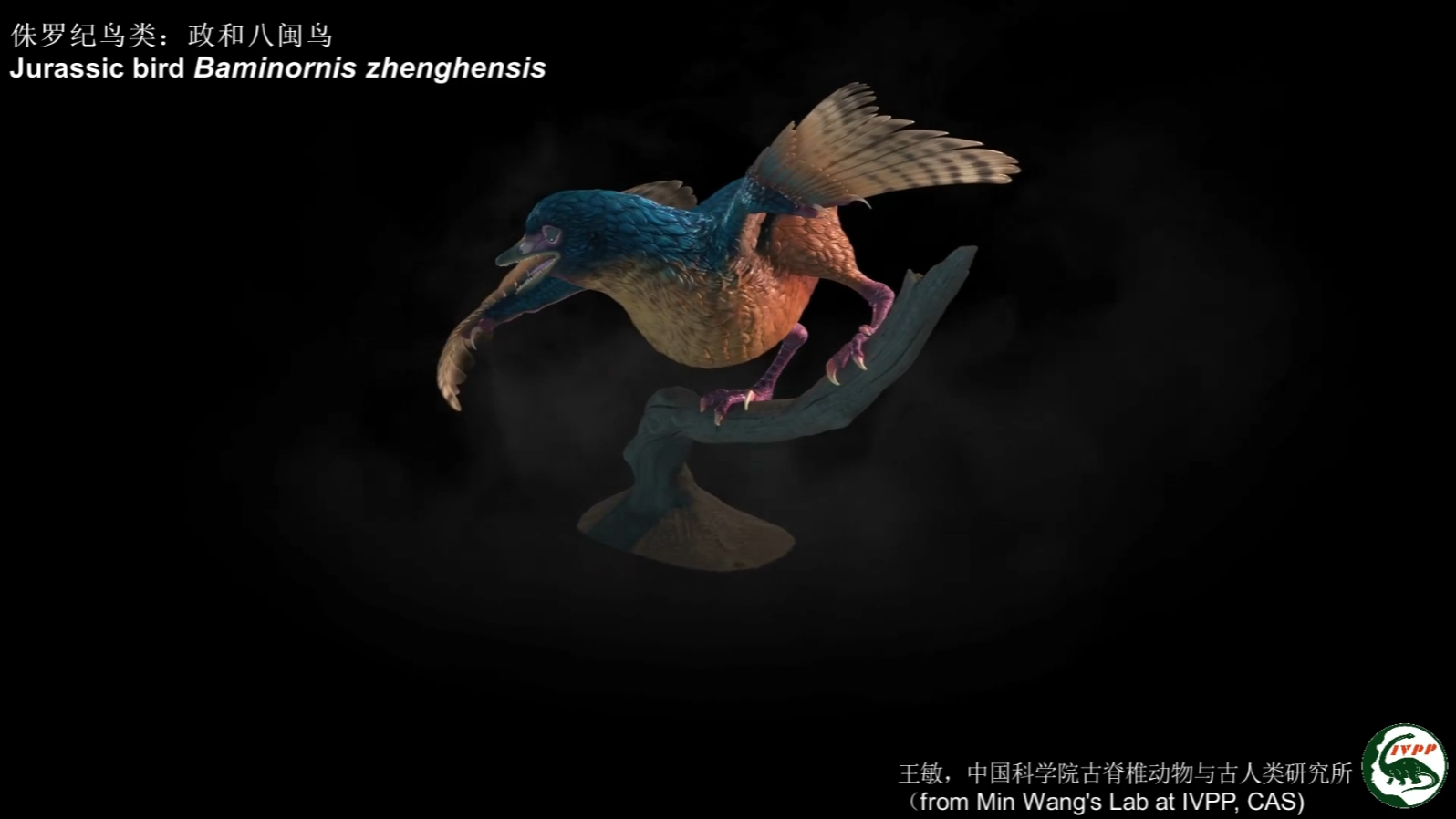
For a long time, most of the research institutes of the Chinese Academy of Sciences have implemented the project leader system (PI system). The PI system has its advantages, but for the Institute of High Energy Physics of the Chinese Academy of Sciences (hereinafter referred to as the Institute of High Energy), the PI system will have many problems when it adapts to the large scientific research model.
The Institute of High Energy is an institute of the Chinese Academy of Sciences that undertakes many tasks related to large scientific installations. Currently, there are more than a dozen large scientific installations under construction or in operation. In the past, High Energy also adopted the PI system management method, but with the increase of large scientific installation projects, there have been problems that it is difficult to complete multiple large projects at the same time, and it is difficult to mobilize the research group to participate in the institutionalized basic research and the construction of large scientific installations.
Therefore, the Institute of High Energy has been trying to break the PI system more than ten years ago, transforming the research group into an administrative group, and then according to the task of the large scientific installation project, a temporary project group is formed from the administrative group, and the project group is disbanded after the project is over.
We call this research organization model "matrix management". It consists of one horizontal and one vertical. The horizontal is the administrative system, and researchers are divided into different research laboratories and administrative groups according to their professional fields; the vertical is the project system, which forms project teams according to different project tasks, including project headquarters, sub-generals, and systems. and specific units such as subsystems.
Matrix management not only opens up channels for the construction, research and management of large scientific installations, but also contributes to the academic development of individual researchers. Since the administrative group is divided according to majors, professionals in various fields such as physical research, detector development, machinery, and control can discuss academic and business issues with their peers, so as to improve their professional capabilities.
This management method is very similar to the management system of relevant large national laboratories in the world, but there is also a hidden danger, that is, there may be problems of "big pot rice" and "lazy people". Therefore, we have established a strict assessment system.
The evaluation system of the Institute of High Energy is centered on the institutional development strategy, aiming to enhance the competitive advantage of research institutions and ensure sustainable development, and adhere to the combination of qualitative and quantitative, the combination of departmental and department-level assessments, and the combination of departmental and individual assessments. On the basis of classified management of personnel, implement classified assessment; assessment methods, indicators and procedures are open, fair, just, concise and easy to implement; assessment results are directly linked to rewards and punishments to ensure the effectiveness of incentives.
For example, in order to realize the combination of qualitative and quantitative assessment, we organize a jury, without premise or formula, the assessee shall report their work content, The achievements, progress or ideas and processes are judged by expert judges on their achievements, level, value, future and significance. No individual can interfere with the evaluation results of the jury.
In general, the current management system of the High Energy Institute includes two major parts, one is the matrix management system, and the other is the assessment and evaluation system. From the beginning of the trial to the smooth implementation of this system, we have been exploring for about 5 years. At present, the Institute of High Energy has realized an institutionalized scientific research organization model, and the entire institute can organize a game of chess, whether it is a large project with hundreds of people or a small project with dozens of people, it can be easily organized.
(The author Wang Yifang is an academician of the Chinese Academy of Sciences and director of the Institute of High Energy Physics of the Chinese Academy of Sciences. This article was interviewed by Ni Sijie, a reporter from China Science News)


